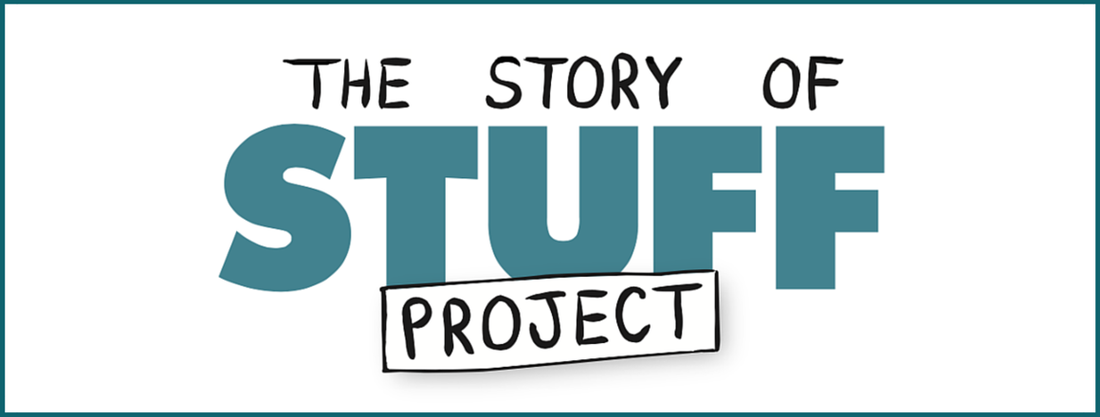Our Scientific Partners
We work hand in hand with our scientific partners to determine what data will be collected and to design the protocols that volunteer teams follow. We have an eight-step process to ensure data quality and put our main focus on quality data that will hold up to the toughest scrutiny.
We then screen every participant for the necessary outdoor skills and verify their project preparedness with online and sometimes in-person trainings and tests. Volunteers record data using industry-leading mobile apps and regularly talk with our staff to review their execution of protocols. Because of this, all the data we collect is consistent and reliable no matter how many hundreds of participants are involved and no matter where the collecting takes place.
Getting the word out and promoting further use of the data are critical steps in unlocking the power of the knowledge gained through research. When possible, we open up access to our raw datasets to allow other researchers to learn from them what they can, and to put their own work into broader context.

“Humanity’s ability to address the challenges facing the health of our own population and of our living planet depend on broader engagement than scientists alone can provide. By tapping into the skills and geographic reach of the outdoor adventure community and ensuring the scientific integrity of the data they collect, Adventure Scientists is rising to a significant challenge and making a really important contribution to addressing these questions.”
––Tom Lovejoy, Senior Fellow at the United Nations Foundation
 Harvard Medical School
Harvard Medical School
It was once thought that antibiotic resistance developed only within the constructed environment of hospitals, but our collaboration with the Infectious Disease Institute at Harvard Medical School and the Broad Institute has proved that antibiotic resistance is endemic in bacteria even in remote environments that have never been exposed to human antibiotics.
Our study has shown that leading causes of multidrug-resistant hospital infection, the enterococci, acquired the core traits needed to survive hospital disinfection regimes ~450 million years ago — when animals first crawled out of the oceans onto land. This work narrowed the search from thousands to less than 90 genes playing a central role in how these microbes acquire antibiotic resistances and share them with other microbes, including the staphylococci.
The next phase of our partnership, an effort to gather 10,000 specimens from the most remote locations on Earth, aims to pinpoint the natural context in which antibiotic resistances arise and spread. This knowledge will identify new targets for breaking the cycle of transmission and infection, and for treating infections when they happen.
“We have narrowed the search for genes responsible for a key bacterium becoming antibiotic resistant down from thousands to less than 90 genes. We would not have gotten here nearly as quickly without Adventure Scientists.”
— Dr. Mike Gilmore, Harvard Medical School
World Resources Institute
Samples from trees that our volunteers collected are being used to create a map of the genetic and chemical variations of trees. Suspicious cuts of timber can be tested and compared to this database, revealing whether they came from areas of legal harvest or not. These genetic reference databases can be used to prosecute timber theft and disrupt the trade of illegally harvested timber.
Tropical deforestation accounts for about 10% of global carbon emissions. On the international market, more than half of all timber coming from key tropical forests has been illegally harvested, and up to three out of ten finished wood products have been illegally sourced. This $100-billion criminal sector rivals the international heroin trade in scale, decreases global biodiversity, and undermines the livelihoods of forest-dwelling people. Port officials, law enforcement officers, corporations, and everyday consumers require new tools to trace wood-products back to their extraction points. Cutting-edge genetic technologies can help, and in order to do so, they will require extensive reference materials from high-value timber species.
By collecting these previously unavailable samples, this project has unlocked the potential of DNA-based technologies to combat illegal logging. Our contributions to establishing genetic AND chemical reference libraries will make it more difficult to transport illegal lumber around the world and positively impact the 1.6 billion people who rely on intact forests for their livelihoods.
“We are creating genetic reference libraries to combat illegal timber and we simply couldn’t do it without the Adventure Scientists network.”
— Meaghan Parker-Forney, World Resources Institute
 Adaptive Symbiotic Technologies
Adaptive Symbiotic Technologies
Samples of the highest-known plant life on Earth, collected by Adventure Scientists’ volunteers have enabled scientists to isolate symbiotic fungi that help plants thrive in similarly harsh conditions.
In 2011, we asked two climbers to collect samples from the highest known plant life on Earth from Mount Everest. Upon analysis, our project partner, Dr. Rusty Rodriguez, learned that the moss growing at 22,000 feet above sea level (the highest-known plant life on Earth), was able to grow there due to a symbiotic relationship with fungi and bacteria that have greatly enhanced the plant’s ability to withstand this extreme environment. Since that time, Dr. Rodriguez has founded Adaptive Symbiotic Technologies, which creates products that utilize these and similar symbiotic relationships to improve agriculture, both in terms of crop yield and land arability. This is already in place across 600K acres in India where it is increasing crop yields by >50%, and is slated to scale to 2.5M acres next year.
Beyond gathering information crucial to improving global agricultural production while eliminating the need for synthetic fertilizers, this project has additional implications for native plant adaptation to climate change, will reduce threats posed by invasive species, and increase rates of habitat restoration and productivity.
Dr. Rodriguez has recently approached Adventure Scientists to gather additional plant specimens from regions around the world that experience extreme environmental conditions, such as severe temperatures, high salinity, frost, and drought. These specimens will help determine which particular fungi are most effective in each different geography and extreme condition.
— Dr. Rusty Rodriguez, Adaptive Symbiotic Technologies













